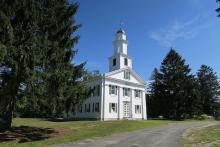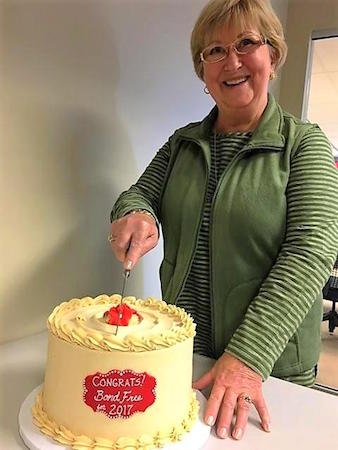Shutesbury: "No Thnx, Charter. K. Bye."
Even though they don't have to chip in any local funds, the town of Shutesbury, Massachusetts, rejected Charter’s proposal to build a hybrid fiber coaxial network in their community. They don’t consider the proposal a “good long-term solution to bring broadband to our town" and prefer to build a publicly owned fiber-optic network for future-proof technology, provider accountability, and local control.
You Get What You Pay For
Unlike Charter’s proposal to serve only 96 percent of the homes in the community, the town made a commitment to include all members of the community some time ago. Charter would not extend its proposal to include about three dozen properties that are further out unless the town committed to providing funds above and beyond what the state offered to provide as part of the proposal. Board of Selectmen Chair Michael Vinskey went on to tell MassLive that Charter would not commit to a specific cost for extending a network to those additional homes.
In the words of Vinskey, committing to such an ambiguous arrangement, “would not be fiscally responsible.” No kidding.
Shutesbury authorized spending for a Fiber-to-the-Home (FTTH) network once already. In 2015, folks at the annual Town Meeting voted to approve $1.7 million in bonding to pay for the infrastructure. They’ll take another vote this May for the debt exclusion authorization, as required by state law.
Community leaders estimate deployment to every property at approximately $2.57 million. Their share of the state grants that are to be distributed by MBI come to $870,000 for construction and professional services. Like the community of Leverett, Shutesbury intends to use a modest property tax increase to fund the infrastructure investment.











